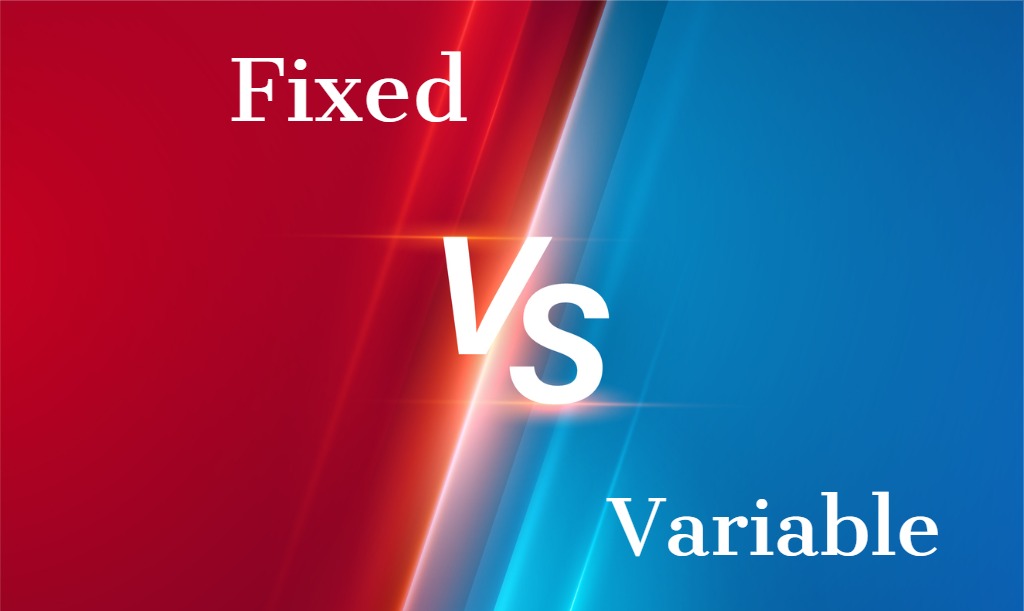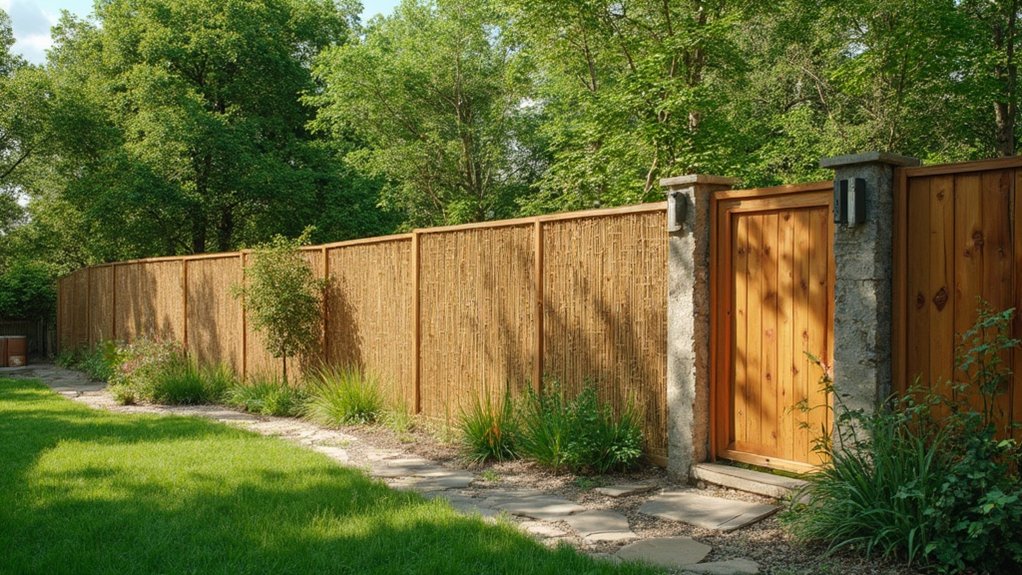
When financing a new home, one of the most critical decisions you’ll make is choosing the type of interest rate for your construction loan: fixed or variable. This choice will significantly impact your monthly payments, budgeting, and overall financial risk during the building process. Understanding the pros and cons of each option is essential for making an informed decision that aligns with your financial goals and risk tolerance.
What is a Fixed-Rate Construction Loan?
A fixed-rate construction loan offers stability and predictability. With this type of loan, the interest rate remains the same for a set period, typically for the duration of the construction phase, and in some cases, the entire life of the loan if it’s a construction-to-permanent loan. This means your interest-only payments during construction won’t change, regardless of market fluctuations.
Pros:
- Predictable Payments: You know exactly what your monthly interest payments will be, making it easy to budget for the entire construction period. This stability can be a major source of peace of mind.
- Protection Against Rising Rates: If interest rates rise after you lock in your rate, you are protected from the increase. This can save you a significant amount of money if the market moves against you.
- Simplified Budgeting: The fixed payment allows you to accurately forecast your expenses and allocate funds for other costs, such as materials and labor.
Cons:
- Potentially Higher Initial Rate: Fixed rates are often slightly higher than initial variable rates to account for the lender’s risk of future rate increases.
- Missed Savings: If interest rates fall, you won’t benefit from the decrease. You’ll be locked into your higher rate unless you refinance, which can be a costly and time-consuming process.
- Limited Flexibility: Fixed-rate loans may have restrictions on early repayment or may charge a prepayment penalty, making it more difficult to pay off the loan ahead of schedule.
What is a Variable-Rate Construction Loan?
A variable-rate construction loans, also known as an adjustable-rate loan, has an interest rate that can change over time. The rate is typically tied to a benchmark index, such as the prime rate, plus a margin set by the lender. As the index rate fluctuates, so does your interest rate and, consequently, your monthly payment.
Pros:
- Potential for Lower Initial Rate: Variable rates often start lower than fixed rates, which can make the initial months of your construction project more affordable.
- Savings in a Falling Rate Environment: If market rates decrease, your interest rate and monthly payments will also drop. This can lead to substantial savings over the life of the loan.
- More Flexibility: Variable-rate loans often come with fewer restrictions, making it easier to make extra payments or pay off the loan early without penalties.
Cons:
- Payment Uncertainty: Your monthly payments can go up or down, making it difficult to budget and predict future expenses. A sudden jump in interest rates could put a strain on your finances.
- Risk of Rising Rates: If the market interest rates climb, your payments will increase, potentially making the loan more expensive than a fixed-rate option. This risk can be stressful for some borrowers.
- Harder to Plan: The unpredictability of the payments can make it challenging to plan for other financial goals, such as saving for furniture or landscaping.
The Construction-to-Permanent Loan: A Hybrid Option
Many construction loans today are “construction-to-permanent” loans. With these, the loan covers both the construction and the permanent mortgage. The interest rate on the construction portion is typically variable, but when the loan converts to the permanent mortgage, you can often choose between a fixed or a variable rate. This gives you the flexibility to assess the market once your home is complete and lock in a rate for the long term.
A less common but still available option is a hybrid construction loan. This type of loan combines elements of both fixed and variable rates. For example, a portion of the loan may be on a fixed rate, while the remainder is variable. This can give you the stability of a fixed rate while also allowing you to benefit from falling rates on the variable portion, or make extra payments without penalty on the variable part of the loan.
Making the Right Choice: Which is Better for You?
The decision between a fixed-rate and a variable-rate construction loan comes down to your personal financial situation, risk tolerance, and economic outlook.
- Choose a Fixed-Rate Loan if:
- You value predictability and stability above all else.
- You have a strict budget and need to know exactly what your payments will be.
- You believe interest rates are at a historic low and are likely to rise in the future.
- You plan to hold the loan for a long period (e.g., if it’s a construction-to-permanent loan).
- Choose a Variable-Rate Loan if:
- You are comfortable with a degree of financial risk and have a cushion to handle potential payment increases.
- You believe interest rates will fall or remain stable during the construction period.
- You plan to pay off the loan quickly or refinance once the home is complete.
- You are attracted to the possibility of a lower initial interest rate and potential long-term savings.
Ultimately, there is no one-size-fits-all answer. Consult with a financial advisor or a mortgage professional to discuss your specific circumstances. They can help you analyze the current market, your financial goals, and your comfort level with risk to determine the best option for your dream home.


More Stories
Eco-Friendly Budget Fencing Options for Sustainable Living
Zyon Grand offers living the life of luxury.
RO Technology in Water Purifier: Is It Worth the Price?